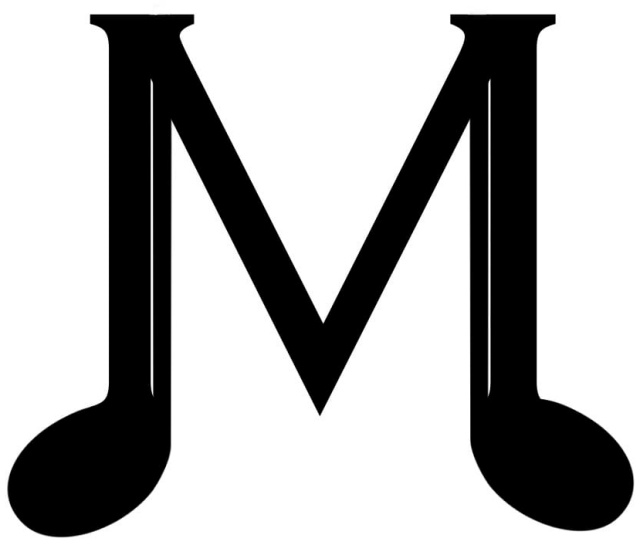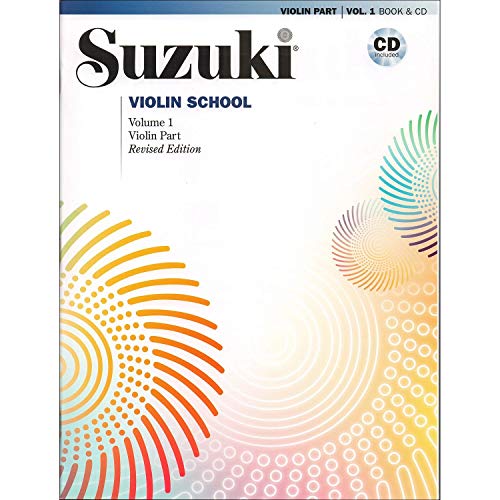Some free violin advice

First thing’s first: you decided to play the violin and that instantly makes you a much cooler human being. Maybe I’m biased.
But who cares, right? YOU’RE PLAYING THE VIOLIN AND ITS AWESOME. Congratulations!
Ok, now resign yourself to the fact that you’re NOT going to be sounding like Lindsay Stirling for a long time.
Sorry to be the bearer of bad news, but the violin has one of the steepest learning curves of any instrument one could choose to play.
That also means that once you become proficient at it (and with any level of determination and help from we at Musilesson you will), you’re going to be someone people can look up to for perseverance and uniqueness.
Not everyone can play this instrument. SO, make sure you’re in it for at least 1-2 years before you even consider giving away your bow and fiddle(for all my southern friends out there).
By then, you should be making very nice, sweet tones and ready to perform for at least the family and neighborhood if not a crowd of random strangers. Lets get started!
What will I need to start playing the violin?
Aside from Stick-to-it-tiveness, you’re going to want to get a violin outfit. What’s in a violin outfit?
A) A case
B) A violin
C) A violin bow
D) Rosin
These are the basic components you will need to actually play the violin. However, there’s more that we need. So let’s make a comprehensive list:
1) Violin outfit
2) Shoulder rest
3) Some form of finger location identifier
4) Some form of curriculum
5) Music stand
6) Violin cleaner and polish
7) Musilesson of course!
Ok, that last one was a bit cheeky (word nod to all the brits out there). Now, lets break things down and talk about the main points.
Violin Outfit
Sure, you can buy each of the components of the violin outfit separately.
However, since we’re starting from scratch, you’ll want a sort of one-stop-shopping experience. This way, you don’t need to spend time piecing things together.
Additionally, each piece of the violin outfit, if bought separately, can add additional cost to your purchase.
To be clear, there ARE times when one should purchase the components of the violin outfit separately.
Generally, when you have obtained a certain level of prowess on your instrument and your ear has developed sufficiently, you will want to buy an instrument/bow/case/rosin that accommodates and reflects your new skills.
The other time you will buy any of these components separately is when one of them breaks and the rest of the components are still functioning properly and satisfactorily.
Keep these things in mind as you mature in your craft.
Violin Shoulder Rest
The shoulder rest is one of the most important items to acquire outside of the violin or violin outfit itself.
If used correctly, the shoulder rest will almost instantly improve your posture (thats a BIG DEAL. We will be talking about this later).
For hundreds of years, violinists didn’t use what our contemporaries would call a shoulder rest. Baroque players simply held the violin up to their shoulder and neck.
Even today, there are violinists who prefer to not use a shoulder rest.
To a certain degree, once you learn how to play the instrument and are able to maintain correct, effective posture regularly, you can play without a shoulder rest.
HOWEVER, as an instructor and teacher of over 14 years, I highly recommend you purchase a violin shoulder rest and stick with it for a while.
I recommend something along the lines of a Kun brand shoulder rest or an Everest brand.
Make sure the shoulder rest corresponds to the size violin you are playing before you purchase.
Finger Locator
What I mean by this is a method or attachment to the violin that shows you where to place your fingers.
Trust me when I say that there are a PLETHORA (A plethora? Yes, a plethora. That means “a lot”) of different products that do this.
Stay away from any product that uses a thicker plastic on which to place the finger indicators.
In my experience, this can tend to stand too tall and cause the strings to touch the plastic and therefore make the string vibrate less.
This in turn causes less sustain of the note and even intonation problems. There are many methods that use adhesive to keep the plastic and finger indicators in place.
I don’t have a problem with this except to say make sure you purchase a violin fingerboard cleaner that is an adhesive remover so that you can clean your violin periodically.
You don’t want the residue to cake and become hardened to the instrument. Additionally, make sure you clean the fingerboard before application.
I recommend something along the lines of the Don’t Fret brand of finger locator (specifically the one containing adhesive, not the plastic one with wings that attach to themselves).
Curriculum
This is a somewhat difficult discussion. I teach mainly from the Suzuki method but there are a number of effective ways to learn.
Generally, I break it down into age groups. If the student is 3-8 years of age, I highly recommend a Suzuki instructor as this method was tailor made for young children who can’t read the language of their native tongue, let alone sheet music.
From ages 8 and up (of course depending on the student), other methods become viable.
Essential Elements is excellent for small group learning and individual learning and I often supplement multiple methods throughout the musical journey of a student. So here are the nuts and bolts:
Ages 3-8: Suzuki instructor and Suzuki method (with supplemental learning for note reading, repertoire, and etude studies).
Additionally, Sassmannshaus has a wonderful method for young children that is worth noting and using.
Ages 8 and up: depending on the student’s speed of taking to the violin one can use Essential Elements for Strings Book 1, Hal Leonard’s “Play Violin Today”, or a Suzuki method instructor.
This is purely for repertoire and tailored specifically toward how to get started.
Remember, this is your journey and it wont end with the beginner books. Are you excited? You should be!
Music Stand
This one seems to be of less importance. But it’s absolutely essential.
After trying to prop your music up with things varying from kitchen utensils to other books to getting a sore neck from staring at music you placed on your bed, you’re going to agree with me that a music stand is priority.
This doesn’t have to be anything spectacular. a $15-$30 stand will do the trick.
You can be really thrifty and see if you can find one on clearance, at a goodwill, or at a yard sale for $1. Good luck, oh frugal ones!
Violin Cleaner and Polish
I highly recommend purchasing some purchase and polish.
Once you purchase a nice instrument, you are going to want to take care of it in order for it to produce the best sound for as many years as possible.
Not all cleaners are created equal, so do some research on your varnish and what you’ll need to keep it clean and beautiful.
As a general rule of thumb, varnishes require a different type of cleaner than a thick lacquer finish that comes on more inexpensive violins.
Check out this great video from Kennedy Violins on some tips for cleaning your violin at home!
Musilesson

You thought I was joking huh? Nope! As we already mentioned, we at Musilesson want to be a part of your music.
We want to be your guide through the wonderful world of harmony and tone and help you realize your dreams and full potential on the violin.
Thanks for stopping by. Feel free to check in regularly for more great musical tips and suggestions from Musilesson!
Next Article: Violins: Size Does Matter






